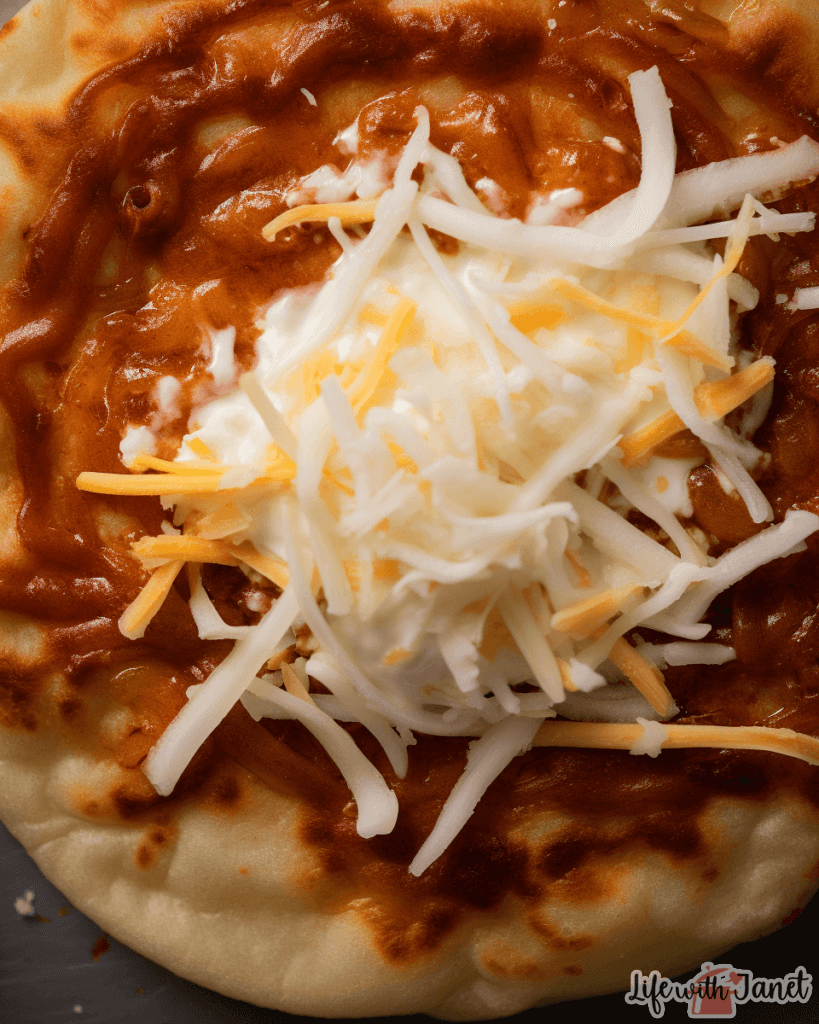Pupusas are a beloved dish from El Salvador, traditionally made from masa dough and filled with various ingredients. One of the most popular and classic combinations is beans and cheese. This type of Pupusa offers a harmonious blend of creamy, savory fillings wrapped in a soft, yet slightly crispy, griddle cake. Often enjoyed as street food or homemade delight, they’ve become an iconic representation of Central American cuisine.

Why are Pupusas so popular?
Pupusas have stood the test of time because they encompass the very essence of comfort food. The combination of hearty beans and melting cheese enveloped in a warm griddle cake appeals to a universal palate. Moreover, they are versatile; from their Homemade Empanadas cousin to the Grilled Mexican Street Corn, Latin street foods have a knack for delivering big flavors in handheld formats. Their affordability and ease of preparation also make them a household staple, with countless variations for every preference.How do you keep the Pupusa dough moist?
Maintaining the moisture in pupusa dough is crucial to avoid cracking and achieve the perfect texture. One key tip provided in the recipe is to make a solution of 2 parts water and 1 part oil. As you form the pupusas, dipping your hands in this mixture ensures the dough remains moist and prevents it from sticking to your hands. The right moisture level is evident when the dough has the consistency of playdough. It’s neither too sticky nor too dry.
What distinguishes Masa Harina Corn Flour from regular cornmeal?

Masa Harina Corn Flour, an essential ingredient in pupusas, is not to be confused with regular cornmeal. While both are derived from corn, Masa Harina undergoes a nixtamalization process. This means the corn is treated with an alkali solution, changing its texture and flavor. In contrast, regular cornmeal is simply ground dried corn. Masa Harina is much finer, which imparts the signature texture to pupusas and tortillas. Its unique processing also gives it a distinct taste, which is pivotal in authentic Latin dishes.
What are the traditional accompaniments to Pupusas?
Pupusas are traditionally paired with two main accompaniments: tomato salsa and Curtito. Curtito is a tangy, sometimes spicy, cabbage slaw that complements the rich flavors of the pupusa. The acidity of the salsa and the crunch of the Curtito balance out the creaminess of the bean and cheese filling, offering a harmonious combination of flavors and textures. Additionally, these sides provide nutritional balance, making the meal wholesome.
How best to store and reheat Pupusas?
Proper storage is essential to retain the freshness and taste of pupusas. If not consumed immediately, they can be stored in the refrigerator overnight. For longer periods, freezing is recommended. Before freezing, it’s best to let them cool entirely. Each pupusa can be stored in separate bags for convenience. For reheating, thawing them overnight in the refrigerator is advised. They can then be heated on a stovetop pan with a bit of oil, ensuring they are warmed throughout. If taken from the refrigerator, microwaving or using a toaster oven are alternative methods. Always ensure the internal temperature reaches 165 degrees to guarantee safety and best taste.

Bean & Cheese Pupusas: A Flavorful Quick Fix
Ingredients
- Masa Harina Corn Flour: 3 cups
- Warm Water: 2 3/4 cups
- Salt: 1 teaspoon
- Refried Beans: 1 cup
- Shredded Mozzarella Cheese: 2 cups
Instructions
- Get your skillet ready by preheating it to a medium-high heat.
- In a bowl, blend together corn flour, water, and salt to craft a smooth dough.
- Extract a sizable 3-inch portion of dough and flatten it out.
- Layer with a tablespoon of refried beans and a generous sprinkle of cheese.
- Carefully fold and seal the edges to envelop the mouthwatering filling.
- Achieve a thickness of about 1/4 inch.
- Lay it on the skillet, turning occasionally until each side boasts a golden hue, typically between 3-5 minutes.
- Serve piping hot alongside coleslaw or salsa, or any side of your choice.










